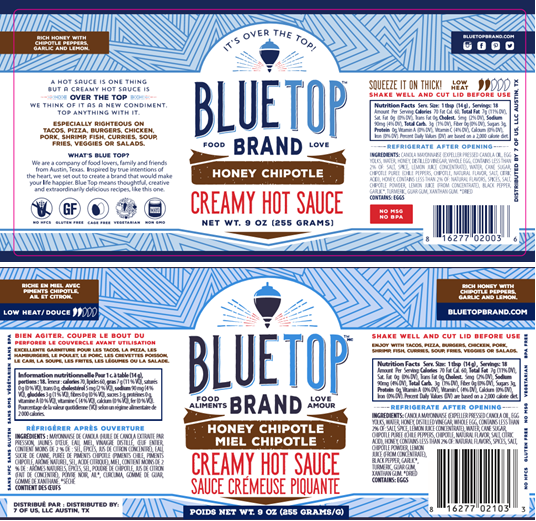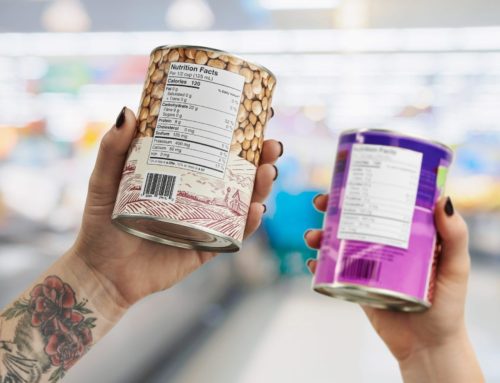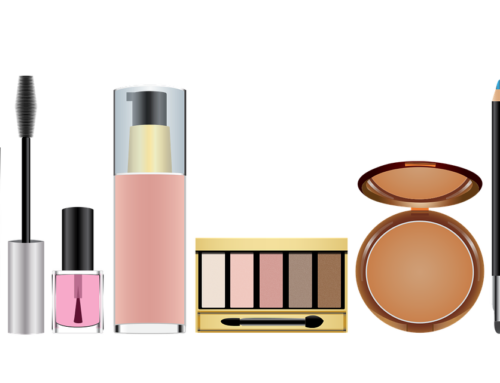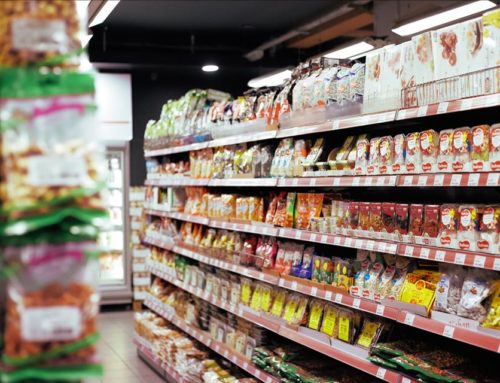When clients come to us for help preparing their products for entry into the Canadian market, translation is usually the first thing on their mind. That’s great, because ensuring you have accurate, bilingual (English/French) labels is very important. However, there are a number of other Canadian labelling requirements that must be met. And if your label doesn’t meet Canadian requirements, distributors may refuse to carry your product, which results in lost time and money re-doing and re-printing the label correctly.
Here are some things to keep in mind:
1. Everything must be translated into French
A Canadian label must always be bilingual, with very few exceptions. This means the text, as well as any units relating to measure, and any icons or badges displaying claims like “gluten free” must all be translated. Keep in mind that the translation must be done in Canadian French to be appropriate for Québec. There are many differences between European French and Canadian French and the two are not always interchangeable.
2. Localization, including use of metric, is crucial
Not just any old translation will do. Word for word translation often won’t cut it, as it won’t express the nuance of what you are trying to communicate — which could mean the difference between your product being embraced (or shunned!) by buyers. Don’t risk your product launch by relying on Google Translate or the most inexpensive translators you can find; invest in professional translation by native language speakers, with proper quality control measures in place. Also, be aware that units of measure must be presented in metric for products being sold in Canada. A quality translator with experience in localization and Canadian packaging (like us!) will point out all of these details to you as you move forward with your project.

French language requirements greatly increase the amount of text that must be on a label, posing some graphic design challenges.
3. Labelling must comply with Health Canada requirements
All products being sold in Canada must meet requirements of Health Canada. If your product originates in the United States and your labels were designed with the Food & Drug Administration (FDA) in mind, there are some important differences. For example, in the U.S. there is a requirement to label genetically modified or bioengineered foods, but this is not required in Canada. However, in Canada there are quite specific requirements around the nutrition table. For example, you cannot make a claim that a product is high in a mineral or vitamin, such as calcium, unless you are listing the quantity present in the nutrition table to back up your statement. It’s important to understand all of these nuances before you begin.
4. Design matters
French content is roughly twice as long as its English equivalent, so you will need to carefully consider placement and layout, and make modifications to allow for the extra word count — without having everything look awkwardly crammed together. For best results, ensure that your original design has the flexibility to accommodate this requirement, and leave some room in your budget for refinements during this process. Also, you can save time, money and potential frustration by having your translator do a quality control/quality assurance check after the translated text has been put into place. It is easy for things to be put in the wrong spot, or words to be left out, so this is an important step before your packaging and labels are signed off and sent to print.
____
Get it done right the first time. LAT has extensive experience with Canadian packaging and labelling projects. We’ve proudly been providing language services to tier-one brands like McCormick, Nature’s Path, HAIN Celestial and many more for years.




